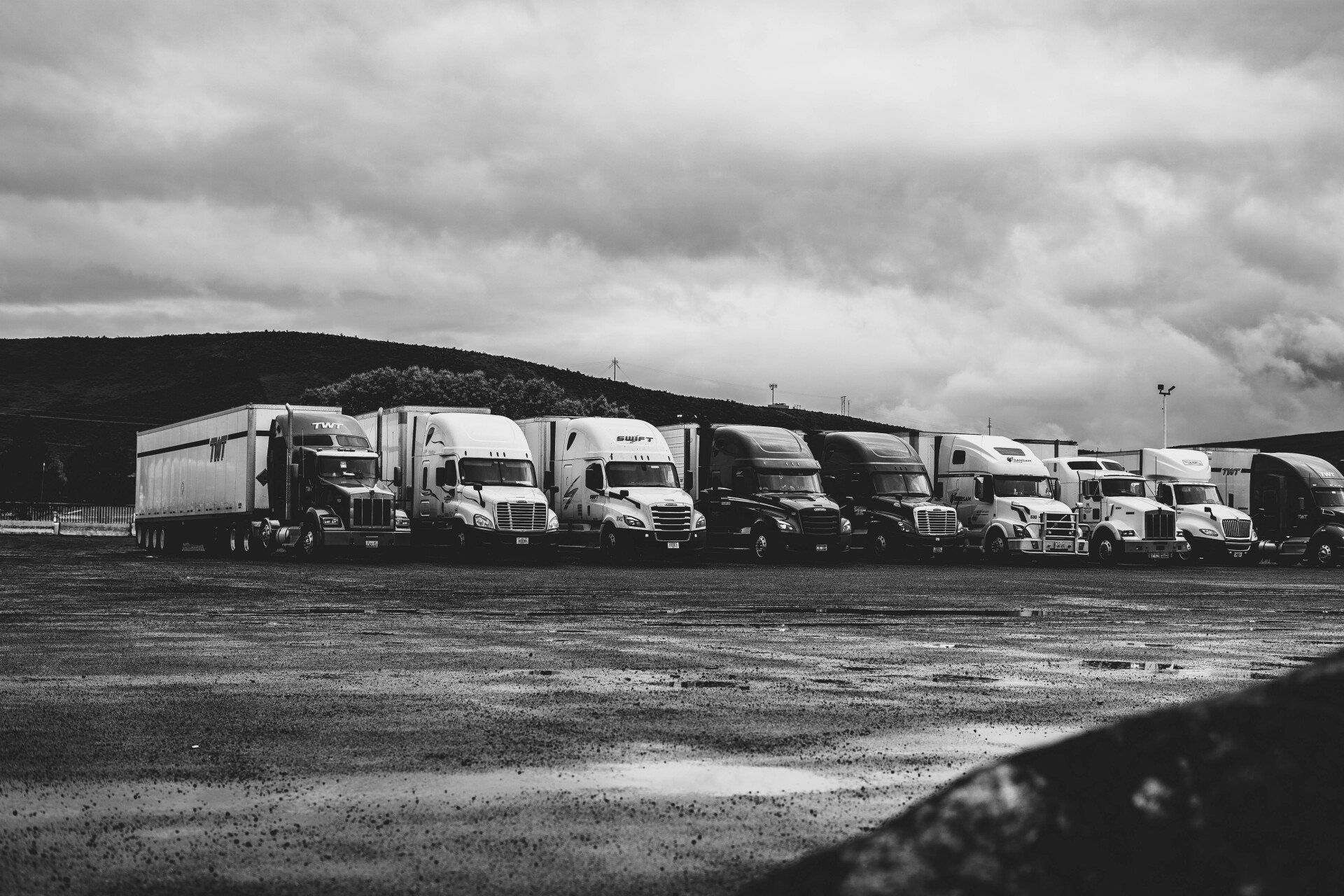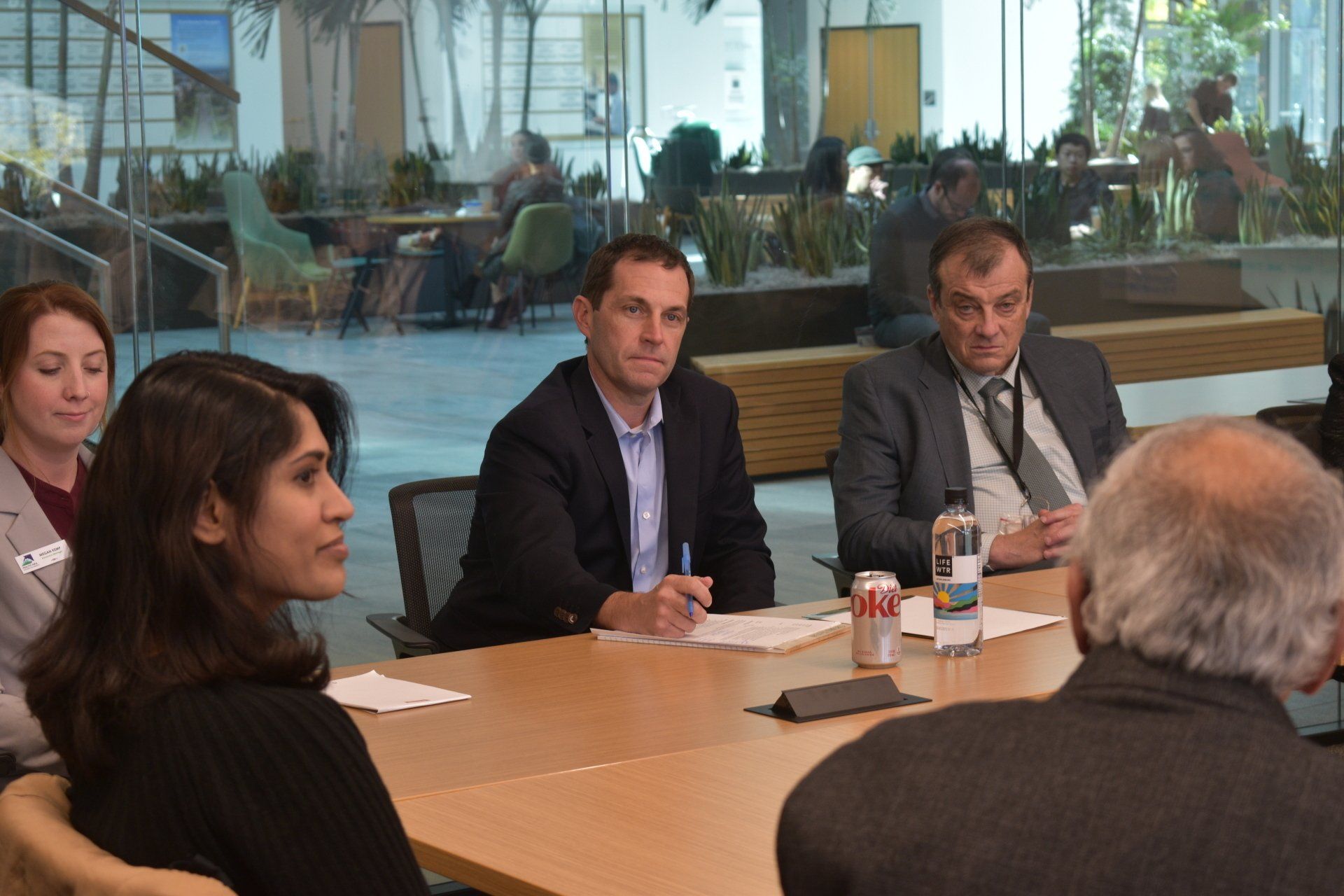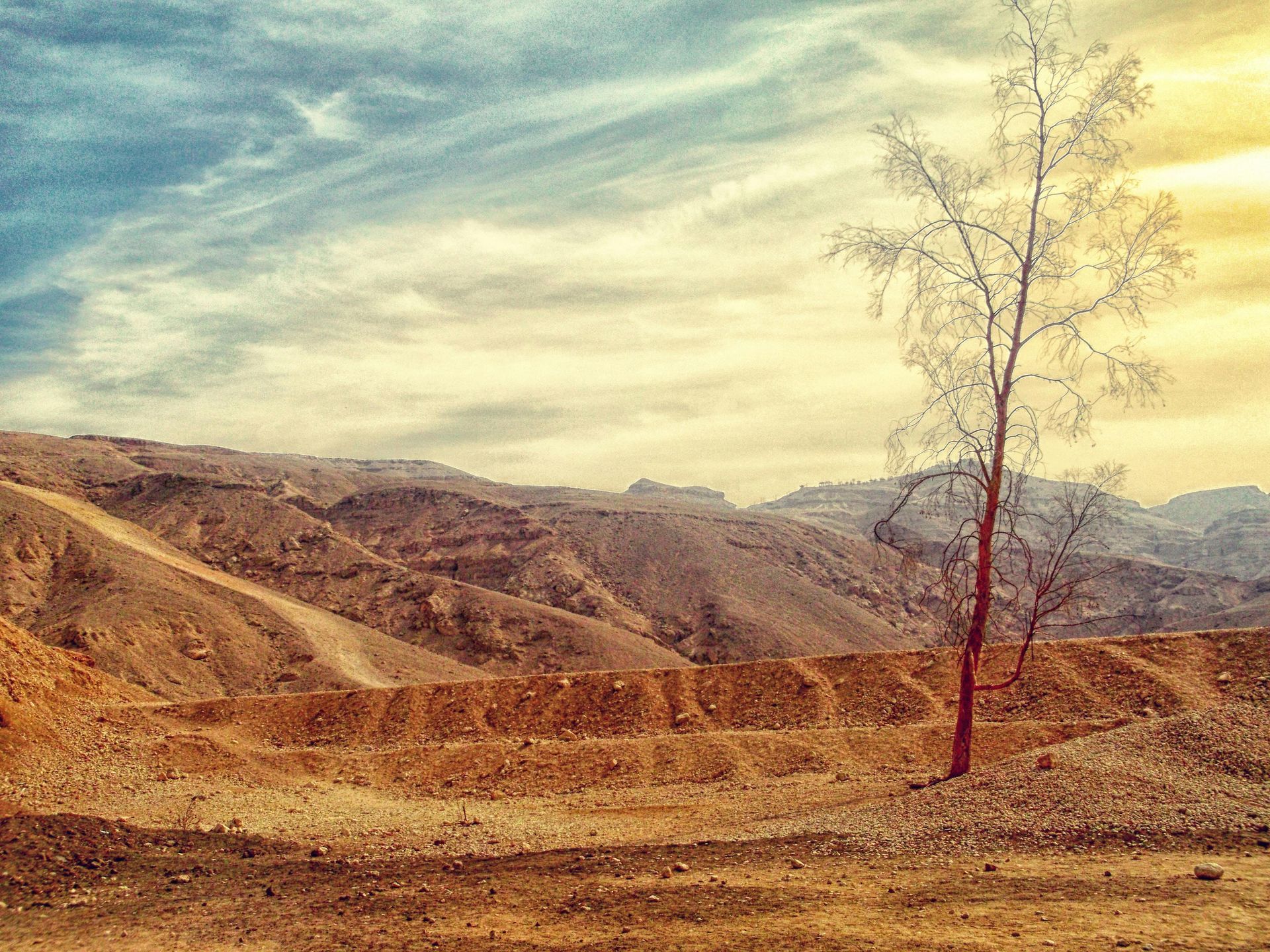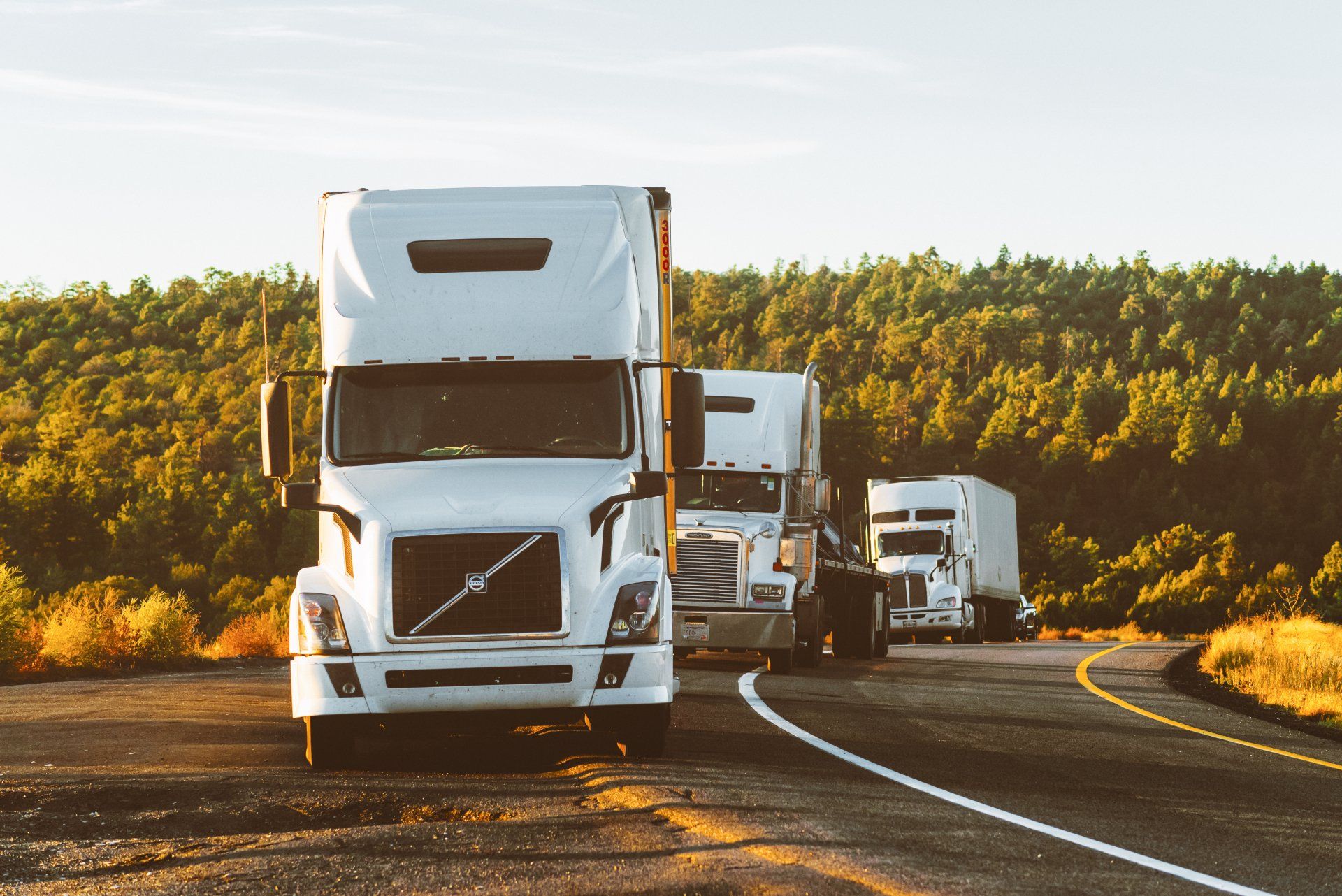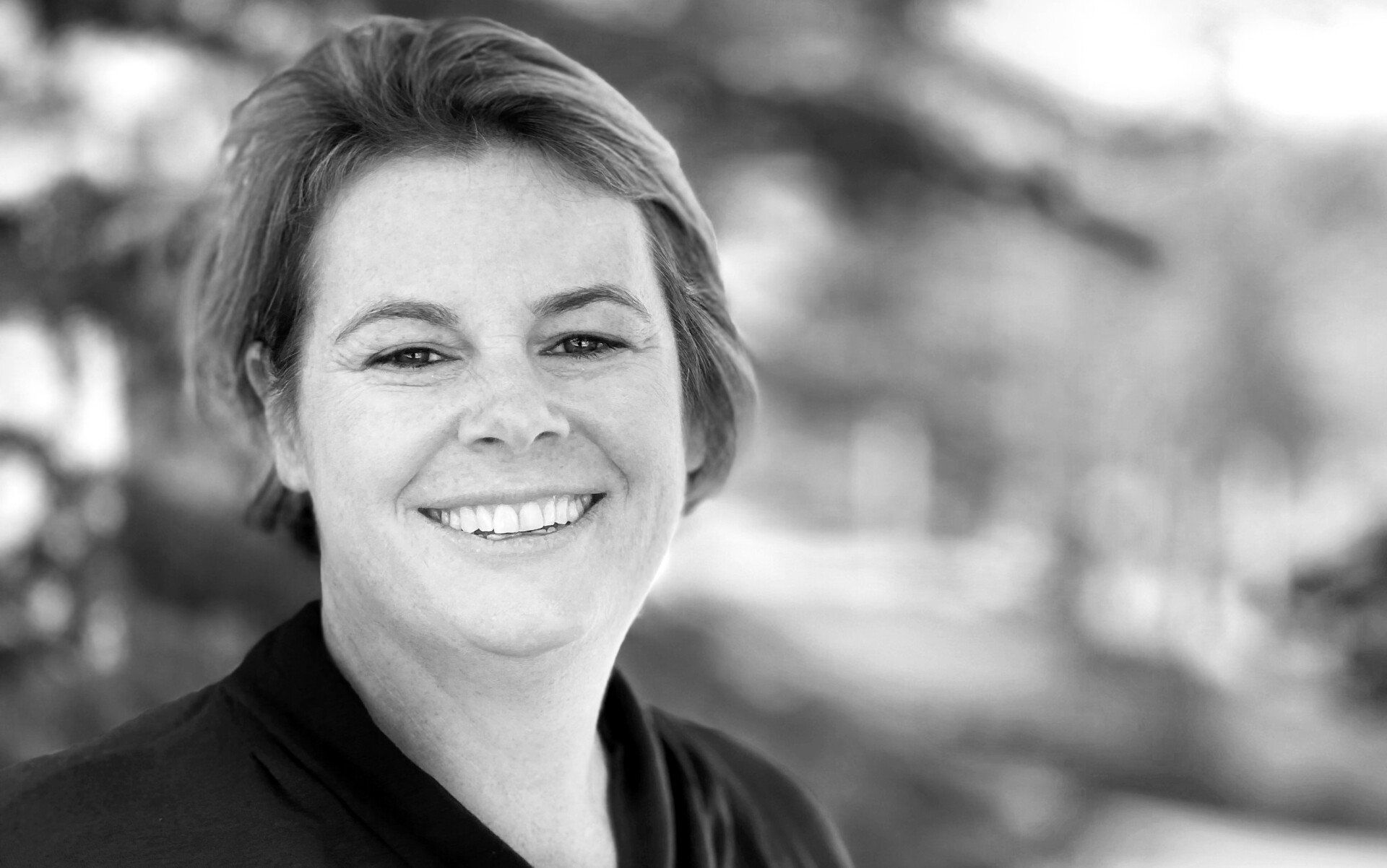A Health Crisis - Colorado's Air Quality
We’ve got a problem, Colorado: our air is downright dirty.
You’ve seen and felt that over the last couple summer months. Gray skies, itchy and scratchy throats, difficulty breathing. A couple weeks ago Denver held the disreputable title of worst air quality in the world, beating out other hazy metropolises like Kabul, Delhi, and Beijing. Last week, we surpassed our 10 year high ozone action alert watermark - marking 53 days of excessive pollution this summer, with more than 2 weeks left to count.
How did we get here? Is this the new normal? Why is the air quality so bad? What does it mean for our health?
Air pollution can come from all different types of sources: burning of wood and fossil fuels, drifting wildfire smoke, out of the tailpipes of our cars and out of the chimney of our homes, from industrial plants and manufacturers. Pollutants can include heavy metals like lead, dangerous cancer-causing chemicals like benzene from industrial sources, nitrogen dioxide largely from our transportation sector, and many more.
But in Colorado, much of our air pollution is driven by ground-level ozone and particulate matter, two pollutants that we monitor rigidly for. Ground level ozone forms when chemicals like nitrogen oxide and organic compounds bake in the heat. You can’t see ground level ozone, but it definitely contributes to shortness of breath and exacerbation of existing breathing disorders. The biggest culprits are the oil and gas industry, which leak organic compounds at well sites, and transportation, particularly single occupancy vehicles, which spew nitrogen dioxide as we bumble to trailheads or out for groceries. Particulate matter, on the other hand, is the mixture of inhalable particles like dust, dirt, or smoke, that hang in the air and can make its way deep into your lungs, causing a host of negative health effects. In the summer, wildfires across the West drift into Colorado and mix with ozone, driving poor air quality days that choke our cities and inhibit our breathing. This is what clouds our view of the mountains and makes Denver look more like Los Angeles in Blade Runner.
The Federal Environmental Protection Agency (EPA) sets standards for ozone pollution in ambient air. In 2008, the standard was 75 parts per billion (ppb) and in 2012 the standard was lowered to 70 ppb. The North Front Range metro area has been in nonattainment with those standards consecutively since 2012: going on 10 years. In 2020 we were downgraded from ‘moderate’ nonattainment to ‘serious’ nonattainment. Nonattainment brings along worse health, especially for vulnerable populations like kids, the elderly, and people with existing respiratory problems: aggravating lung diseases, increasing asthma attacks, inflaming airways, making lungs more prone to infection. Adding particulate matter from wildfires, which are becoming worse due to climate change, adds a cherry on top of a pollution sundae that nobody wants to eat. And those are just some of the physical health effects of our soupy air quality. Mental health issues like anxiety and depression can set in as well: sporting events being cancelled due to toxic air, the elderly needing to stay inside during summers due to worsening respiratory function, the malaise of hazy skies blocking our mountain vistas.
Can we fix this? Should we drive less when we can? Should we be more conscious of our day to day activities that pollute our air? Yes, yes, and of course. But the biggest issue we need to solve is not changing our personal habits, but putting pressure on our political leaders to step up to the scope of the moment and fight for climate action. Sure, eating less meat will help to a certain extent by reducing the footprint of factory farms. But enforcing strict emissions reductions immediately from the oil & gas industry will help more; and quicker. Yes, carpooling reduces nitrogen oxide emissions, but strong state rules that mandate more electric vehicles and reduce total vehicle miles traveled is better. Studies estimate that 30-40% of all ozone on a given day are produced by the oil & gas and transportation industries: it’s time to start playing nice with polluters and begin enforcing strong, and quickly implementable, rules that drastically reduce their reckless pollution.
We shouldn’t have to wait for our political leaders to decide when the right time for action is. Too moderate of an approach to curbing air pollution emissions is hollowing out the Colorado way of life. We shouldn’t need to live in a state in which we grab air quality reports before heading out to walk the dog. Colordans have the right to breathe clean, fresh Rocky Mountain air, not a hazardous cocktail of toxic air.
We’ve known for a long time that we have an environmental and climate crisis. We no longer can, or should, allow our political leaders to shift the burden of blame for the climate and air pollution crises onto the backs of regular people. If our air is going to get better, if the climate crisis is going to be addressed, every elected official needs to propose and support bold measures to protect Coloradans health starting immediately.


Press Release: Colorado Takes Important Step in Cutting Methane Pollution, But More Action is Needed
